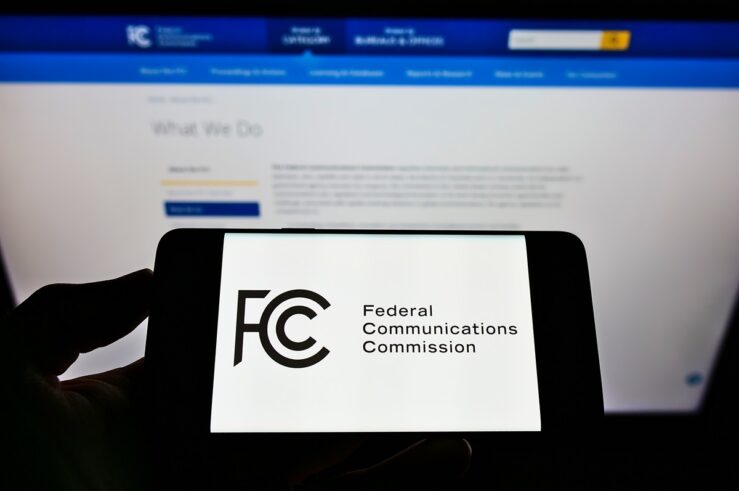Today, the Senate Committee on Health, Education, Labor, and Pensions (HELP) enters the drug pricing debate with a hearing on “The Cost of Prescription Drugs: How the Drug Delivery System Affects What Patients Pay.” By questioning the role of the drug delivery system in pricing, the hearing goes beyond the more narrow focus of recent hearings that have explored how drug companies set prices. Instead, today’s hearing will explore how pharmacy benefit managers, insurers, providers, and others influence the amounts that patients pay.
In 2016, net U.S. drug spending increased by 4.8% to $323 billion (after adjusting for rebates and off-invoice discounts). This rate of growth slowed to less than half the rates of 2014 and 2015, when net drug spending grew at rates of 10% and 8.9% respectively. Yet despite the slowing in drug spending, the public outcry over the cost of prescription drugs continues.
In today’s hearing, there will be testimony both on the various causes of drug spending increases and on various proposals that could reduce the cost of drugs. Several of the proposals will focus on ways to increase competition in the pharmaceutical industry, and in turn, reduce drug prices. I have previously explained several ways that the government could reduce prices through enhanced competition, including reducing the backlog of generic drugs awaiting FDA approval and expediting the approval and acceptance of biosimilars. Other proposals today will likely call for regulatory reforms to enable innovative contractual arrangements that allow for outcome- or indication-based pricing and other novel reimbursement designs.
However, some proposals will undoubtedly return to the familiar call for more government negotiation of drug prices, especially drugs covered under Medicare Part D. As I’ve discussed in a previous post, in order for government negotiation to significantly lower drug prices, the government must be able to put pressure on drug makers to secure price concessions. This could be achieved if the government could set prices administratively, penalize manufacturers that don’t offer price reductions, or establish a formulary. Setting prices or penalizing drug makers that don’t reduce prices would produce the same disastrous effects as price controls: drug shortages in certain markets, increased prices for non-Medicare patients, and reduced incentives for innovation. A government formulary for Medicare Part D coverage would provide leverage to obtain discounts from manufacturers, but it would mean that many patients could no longer access some of their optimal drugs.
As lawmakers seriously consider changes that would produce these negative consequences, industry would do well to voluntarily constrain prices. Indeed, in the last year, many drug makers have pledged to limit price increases to keep drug spending under control. Allergan was first, with its “social contract” introduced last September that promised to keep price increases below 10 percent. Since then, Novo Nordisk, AbbVie, and Takeda, have also voluntarily committed to single-digit price increases.
So far, the evidence shows the drug makers are sticking to their promises. Allergan has raised the price of U.S. branded products by an average of 6.7% in 2017, and no drug’s list price has increased by more than single digits. In contrast, Pfizer, who has made no pricing commitment, has raised the price of many of its drugs by 20%.
If more drug makers brought about meaningful change by committing to voluntary pricing restraints, the industry could prevent the market-distorting consequences of government intervention while helping patients afford the drugs they need. Moreover, avoiding intrusive government mandates and price controls would preserve drug innovation that has brought life-saving and life-enhancing drugs to millions of Americans.




